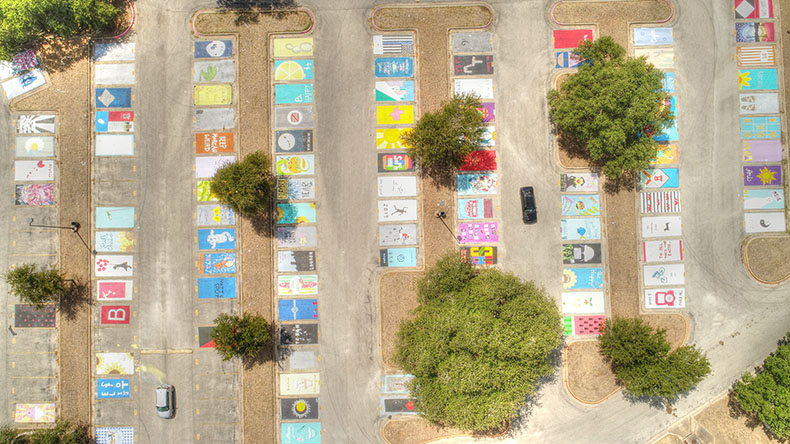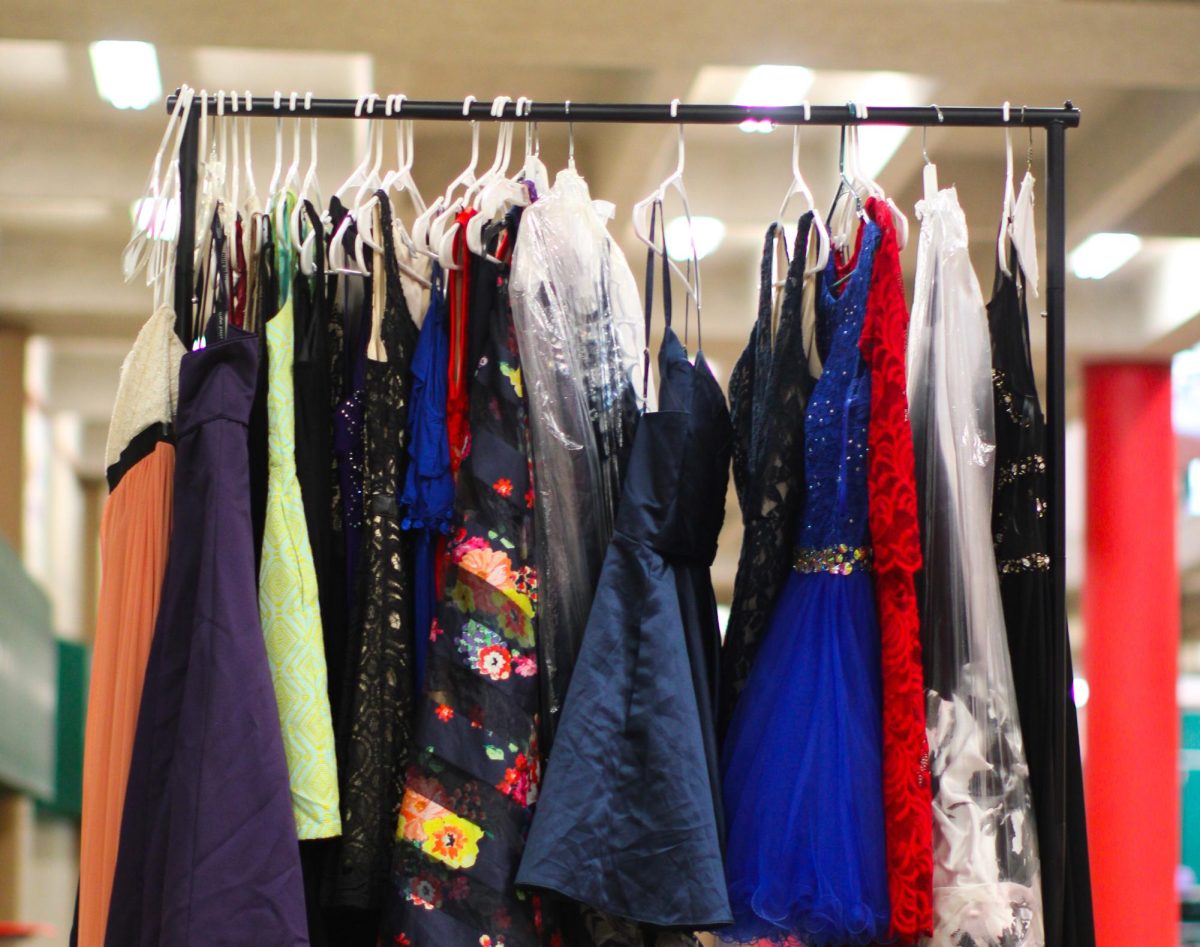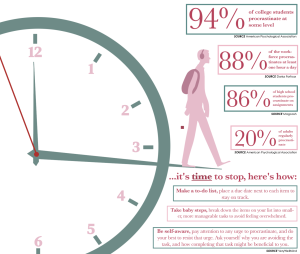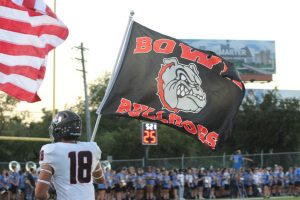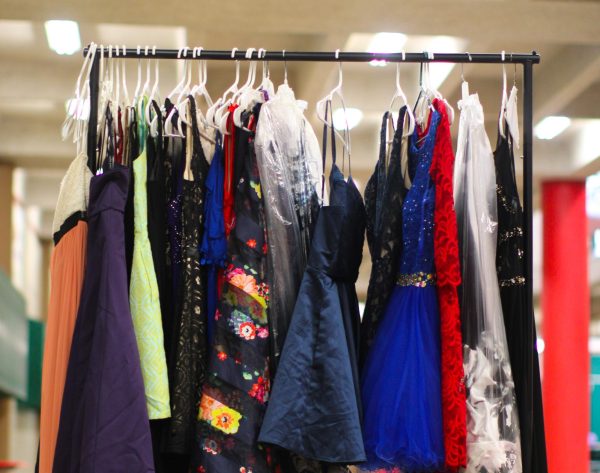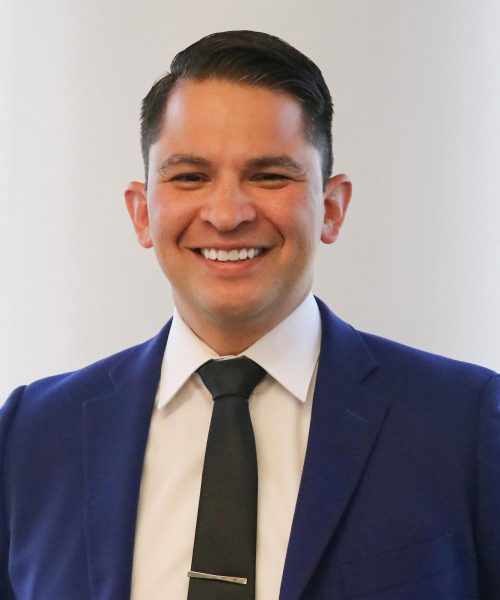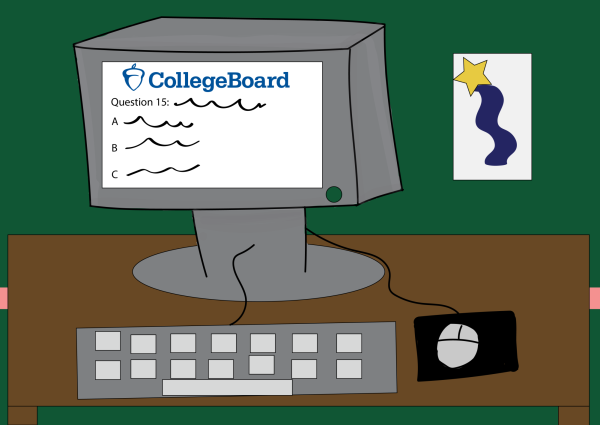Painted parking spots stir up debate about criteria
EXPRESS YOURSELF : The parking lot in front of Bowie features many painted spots that display the creative and unique minds of the senior class. Senior get the privilege of a parking spot if they meet attendance requirements and pay a $50 fee.
October 1, 2018
The past few years, seniors with outstanding attendance have been able to submit an application for a painted, reserved parking spot to the administration for approval. This year several spots have sparked controversy because of their content.
The situation began when one student requested a bible verse, which was declined. His family appealed the decision all the way to AISD superintendent Dr. Paul Cruz’s office. Other spots, which had already been approved and painted, included the Yin and Yang symbol, and the Taj Mahal. These were used as examples of why the bible verse should have been allowed.
“I spoke to those students (whose spaces) were brought up so they explained they did not have religious significance and that they were cultural references that were secular,” Robinson said. “Then I was able to advocate for those students so they did not have to change their spots.”
In the end, the two secular spaces were allowed to stay, while the Bible verses were declined. The school later issued an announcement through the weekly Bowie Star Newsletter explaining the differences between the designs and their decisions process.
“The difference between the religious and political policy is that a school cannot endorse or advance a religious belief,” Robinson said.
Junior Simoon Saiyed was one of the students whose parking spot, a silhouette of the Taj Mahal, came into question with the administration.
“I was upset and annoyed that whoever felt the need to report my spot didn’t have an issue with others spots that represented Christianity,” Saiyed said. “Whoever this person was, made me feel as though this complaint was a personal target against my beliefs, making me feel self-conscious.”
Saiyed’s spot also included a moon referencing the end of her first name. After explaining her spot was specifically representing her culture and not her religion, Principal Robinson deemed her spot acceptable and allowed it to stay.
“Instead of getting to the root of the problem and talking to administration professionally, many people jumped to conclusions and made uneducated assumptions. I understand the anger and frustration that many people felt,” Saiyed said. “My anger is directed to whoever felt the need to assume what my spot represented. They should have some shame and realize that he/she brought forward a very ignorant complaint that spiraled out of control, causing many people to feel hurt and targeted.”
Another wrench in the process happened when word about the situation reached the local media. KXAN, an Austin-based television station, aired a story about the controversy. In the piece that aired, the news reporter stated they were not allowed on campus to do their interviews. According to Robinson, no effort was made to contact him and the district has a policy in place which states that the local media cannot come on campus unless invited, which meant they had to do their story from across the street.
“I was surprised that they could use my name without speaking to me first and would have appreciated the opportunity to explain,” Robinson said. “I think that when it was all explained then and they were able to see that there was not discrimination, just confusion, and hopefully the changes we make for next year will clear up that confusion, it would have been done.”
As the administration was dealing with the original three spots, additional complaints were brought to light. One spot included a Bible reference that was not in the originally approved drawing, a design with a political reference was singled out, and another student said she had a cultural reference declined and wanted her space reevaluated.
“Political speech is very different, schools can’t necessarily censor that. Since that represents different viewpoints or peoples opinions, we want to encourage those opinions,” Robinson said. “The bottom line in all of this is that we are not asking anyone to change their spot design that was approved, the only thing we are doing is holding these students to their originally submitted design.
The cultural spot that was supposedly declined was Kennedy Hartman’s design depicting a self-portrait with a t-shirt on which included the words “Black Girl Magic.” The administration contends that the drawing was illegible or incomplete and that there was no approved drawing with the words on the t-shirt. Hartman argued her drawing was censored while another space with a “Blue Lives Matter” flag was allowed to stay.
“Black Girl Magic is something I believe in. Black women are put through so much in society but yet we still stand strong, tall, and we’re very talented,” Hartman said. “We (Robinson and Hartman) had a very understanding conversation and I honestly feel like we both learned from it. We each talked about the bigger picture of all this and the limits that we each have on this situation.”
Hartman was allowed to turn in an updated design which will include the letters “BLM,” which stands for “Black Lives Matter” and a fist representing empowerment.
“I was able to openly talk about how I felt about “Blue Lives Matter” and the effect it had people of color and myself and how I just wanted equal treatments for every student no matter their beliefs,” Hartman said.
Wesley Kelly was the student who turned in the “Blue Lives Matter” space, which was approved, painted, and has not be the subject of any repainting discussions.
“I realize that having my spot represents a controversial subject and may seem like a big deal to some but my goal was just to support the people that save lives in our country,” Kelly said.
The criteria students were provided, states they must include things that represent them or the school, as well as their name, and the use of a specific kind of paint. Once approved, seniors were allowed to paint their spots according to their submitted design. With the problems, Robinson is committed to making changes next year, including the potential creation of a design approval committee
“I feel like we made a mistake about not clarifying what is and isn’t allowed because we hadn’t revisited the expectation. We didn’t want students to focus on what they couldn’t do, we wanted to focus on what they could do,” Robinson said. “Clear guidelines for spot designs will be laid out, and the committee that will possibly be put together will include campus representatives, district representatives and maybe even a representative from the legal department.”


